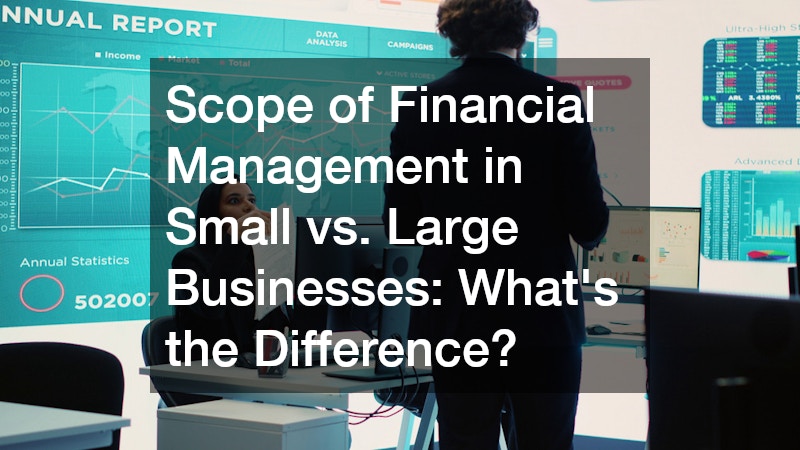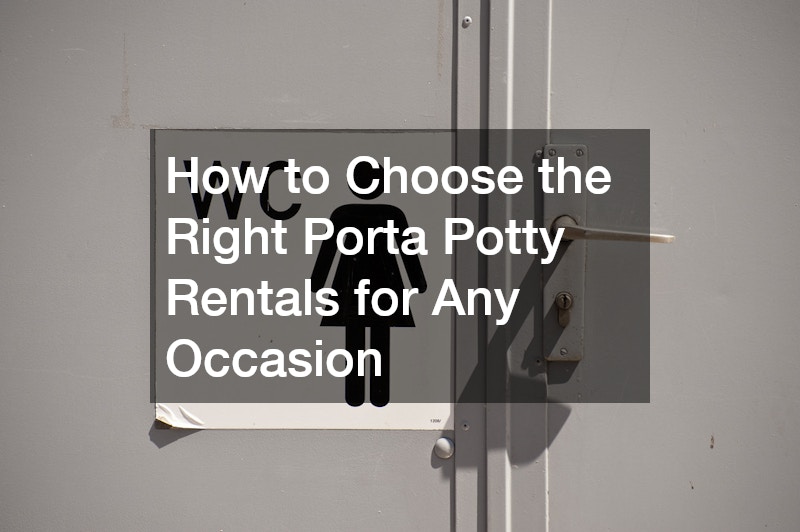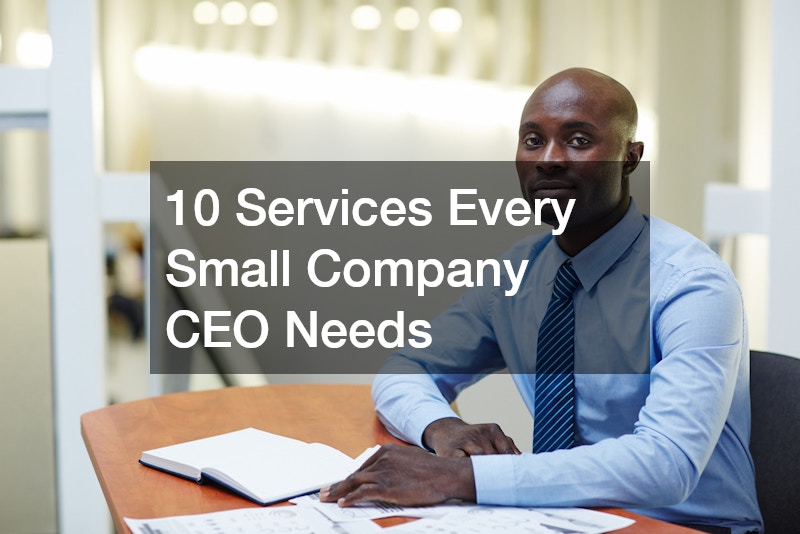Have you ever thought about how your food gets from the farm to your plate? It’s a complex process that involves harvesting, transportation, storage, and packaging. But it all starts with food processing.
Food processing is a critical step in ensuring that the food is safe and high-quality. It also helps extend the shelf life of the products and makes them more convenient to consume. If you’re interested in a career in food processing, it’s crucial to understand how food processing plants get designed. Take a closer look at some of the best practices for designing food processing facilities.
Learn about your products
When designing a food processing plant, it’s essential to understand the products you’ll be offering. After all, you need to tailor the layout and design of the plant to the specific needs of your products. For example, if you’re planning on processing meat, you’ll need to consider factors like animal welfare and food safety. On the other hand, if you’re planning on processing fruits and vegetables, you’ll need to consider product quality and shelf life.
You can start by asking yourself some critical questions about your products, such as the physical and chemical properties of the products and the safety hazards associated with them. Answering these questions will help you understand the challenges you’ll face during food processing and guide you in designing a facility that meets your needs.
There are also several resources available to help you learn about your products, including the Food and Drug Administration (FDA), Food Safety and Inspection Service (FSIS), and the United States Department of Agriculture’s (USDA) Agricultural Marketing Service (AMS). Suppose you have the necessary knowledge about your products. In that case, you can ensure that your food processing plant gets designed for maximum efficiency.
Check your local zoning regulations
If you’re planning to build a food processing plant, it’s essential to check your local zoning regulations first. You need to make sure that your chosen location is available for industrial use. Otherwise, you could run into problems down the line.
You should also need to be aware of any noise or pollution restrictions that may be in place. These could have a significant impact on the design of your plant. It’s also worth bearing in mind that some zoning regulations may require you to take steps to mitigate the impact of your plant on the local environment.
When you do your homework up front, you can better understand the constraints you need to work within. It will make designing a food processing plant that meets your needs easier. This way, you can prevent any potential problems with the authorities and get your food processing plant up and running smoothly.

Invest in safety
Food processing can be a dangerous business. Many potential safety hazards can occur, including fire, chemical spills, and electrical shocks. That’s why it’s essential to invest in safety when designing a food processing plant.
One of the best ways to ensure safety is to create a comprehensive HACCP plan. It stands for Hazard Analysis and Critical Control Points, and it’s a system that identifies and controls food safety risks.
Creating a HACCP plan requires conducting a hazard analysis of your products and processes. Once you’ve identified the potential hazards, you need to put controls to mitigate those risks. For example, you might need to install fire sprinklers or safety equipment.
Investing in safety may require some upfront costs. But it’s essential to protect your employees, your products, and your business. Implementing a HACCP plan is one of the best ways to do that.
Personalize your equipment
When it comes to food processing plants, one size does not fit all. If you want to create an efficient and effective operation, it is crucial to personalize the design of your equipment to meet the specific needs of your business.
There are several factors to consider, including the type of food you will be processing, the volume of production, and the specific requirements of your market. By taking the time to customize your equipment, you can ensure that your plant can meet the demands of your business. Thus, allowing you to produce quality products that your customers will love.
Many facilities rely on custom plastic injection molding when personalizing their equipment. This process allows manufacturers to create products specifically designed for a particular application. As a result, businesses can get the equipment they need to meet their specific requirements.
If you’re looking to create a food processing plant that meets your unique needs, consider investing in custom plastic injection molding. It’s an excellent way to ensure that your equipment is up to the task.
So, if you’re planning to build a food processing plant, it’s essential to do your homework first. From there, you can invest in what’s necessary and customize your equipment to create a facility that meets your specific needs. By following these best practices, you can ensure that your food processing plant is well-designed for maximum efficiency and success.





